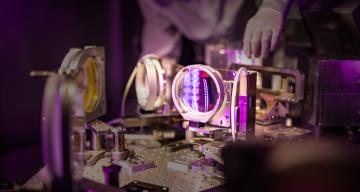Our original 2-mile-long particle accelerator, built half a century ago for groundbreaking particle physics research, has been repurposed as the world’s first hard X-ray free-electron laser and a testbed for next-generation accelerator technologies. We’re also home to an X-ray synchrotron, ultrafast electron camera and cryogenic electron microscopy center – a combination that works together to shed light on scientific problems from many angles, providing unprecedented insights and opportunities for our international research community.
Three of our facilities – SSRL, FACET-II and LCLS, including the MeV-UED “electron camera” instrument – are DOE Office of Science user facilities where thousands of scientists from around the world come to do experiments each year.
LCLS admin & business supportThe grand scale of the scientific work done at SLAC makes collaboration a necessity. This collaboration is not only amongst the staff at SLAC but also internationally amongst scientists and technical colleagues.”
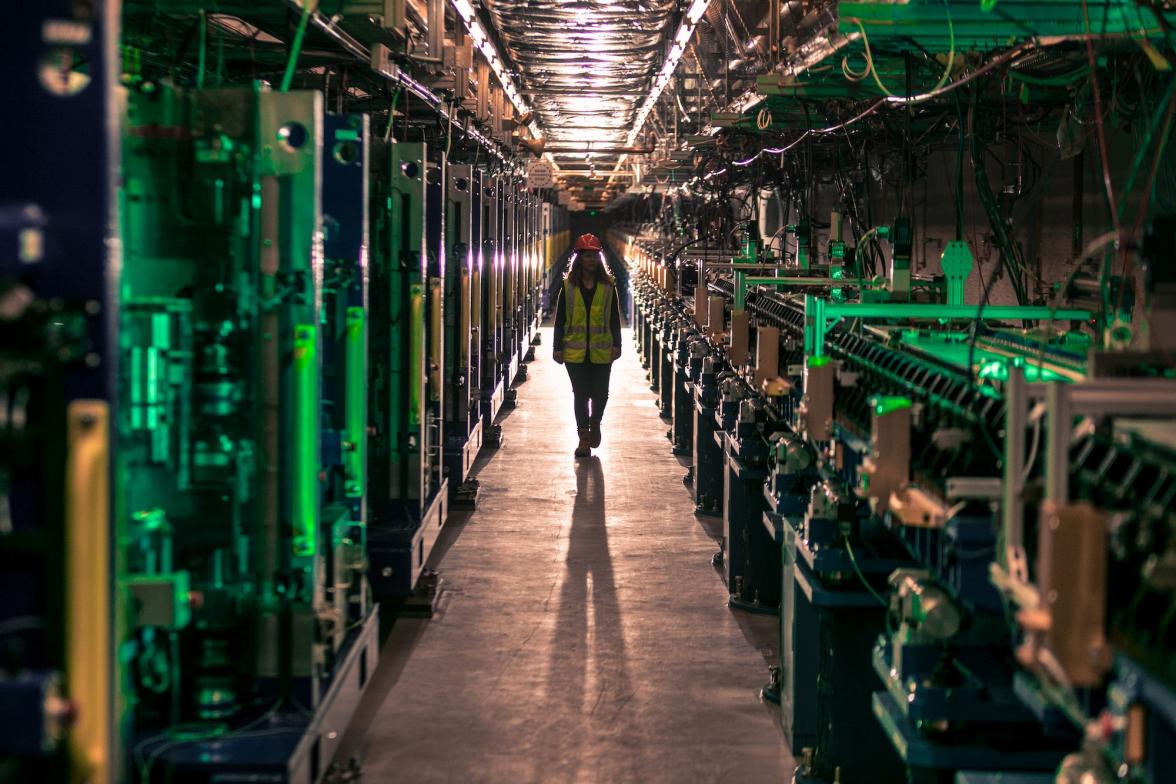
LCLS is the world’s brightest X-ray free-electron laser, open to experiments by scientists from across the globe. Like a high-speed camera with an incredibly bright flash, it takes X-ray snapshots of atoms and molecules at work, revealing fundamental processes in materials, technology and living things. These snapshots can be strung together into movies that show chemical reactions as they happen.
A million pulses per second
Hundreds of scientists use LCLS each year to catch a glimpse of nature’s fundamental processes. When LCLS turned on in 2009, it was the world’s first free-electron laser producing “hard,” or very high-energy X-rays. Since then, similar light sources have sprung up around the world. A major upgrade to LCLS, completed in 2023, significantly boosts its power beyond anything else in the world, delivering beams that are 10,000 times brighter and pulses that arrive up to a million times per second. This continuous stream of X-ray laser pulses will transform our view of how nature works at the molecular scale and help advance technologies of the future, including novel electronics, life-saving drugs and innovative energy solutions.
Use our facility for your research
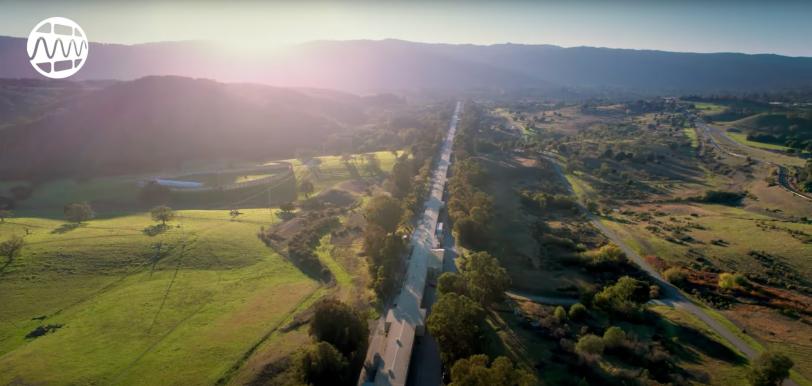
The creation of the world's brightest X-ray laser
After more than a decade, LCLS was upgraded to generate even more powerful X-ray laser beams. With the LCLS-II upgrade, LCLS is around 10,000 times brighter and fires about 8,000 times faster. It generates up to one million pulses per second.
Olivier Bonin/SLAC National Accelerator Laboratory
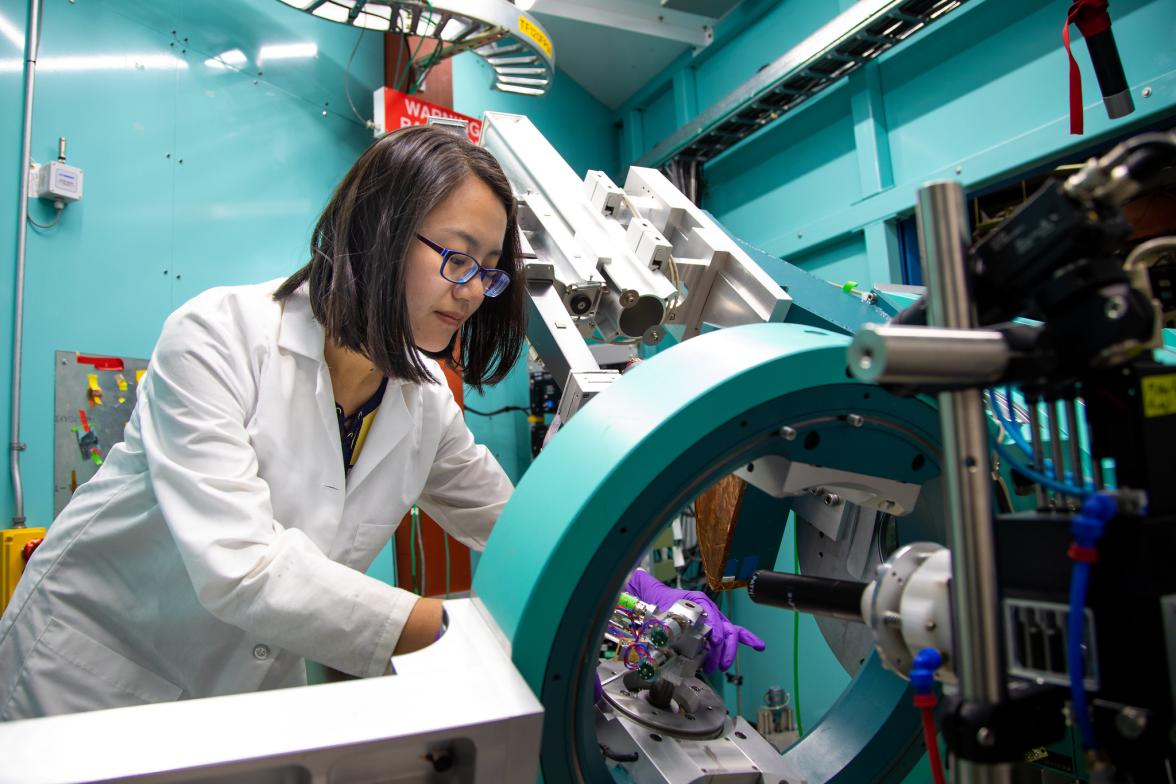
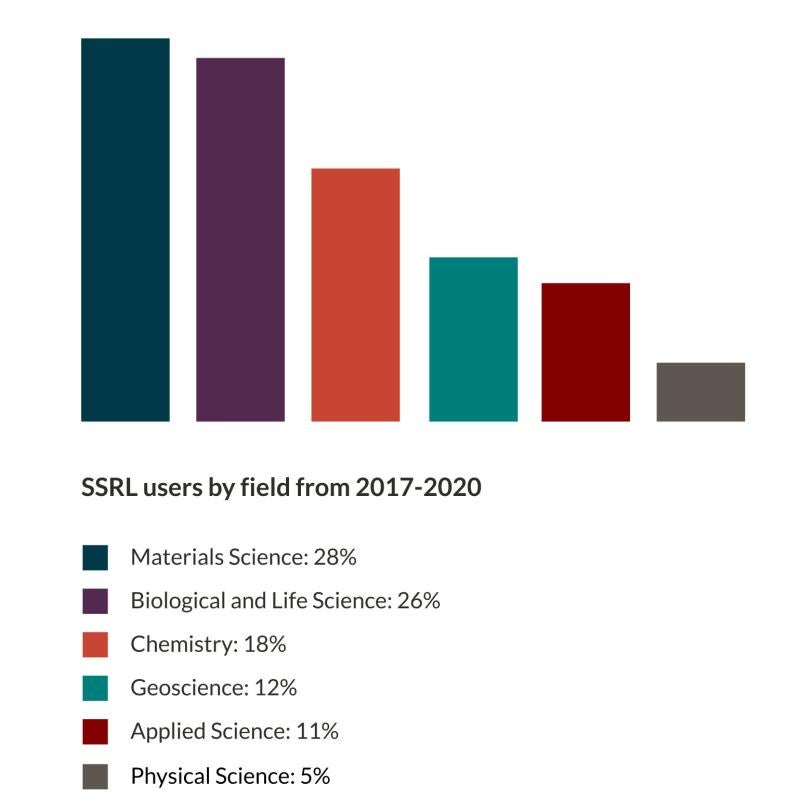
SSRL produces extremely bright X-ray light for probing our world at the atomic and molecular level. More than 1,600 scientists from all over the world use it each year for research that spurs advances in medicine, energy production, environmental cleanup, nanotechnology and new materials.
Outstanding support for scientific users
One of the world’s pioneering centers for X-ray science, SSRL is known for the outstanding support it offers scientists who use its intense X-ray beams and world-class instruments. Automated equipment and procedures allow many users to work remotely, increasing the efficiency and decreasing the cost of their experiments.
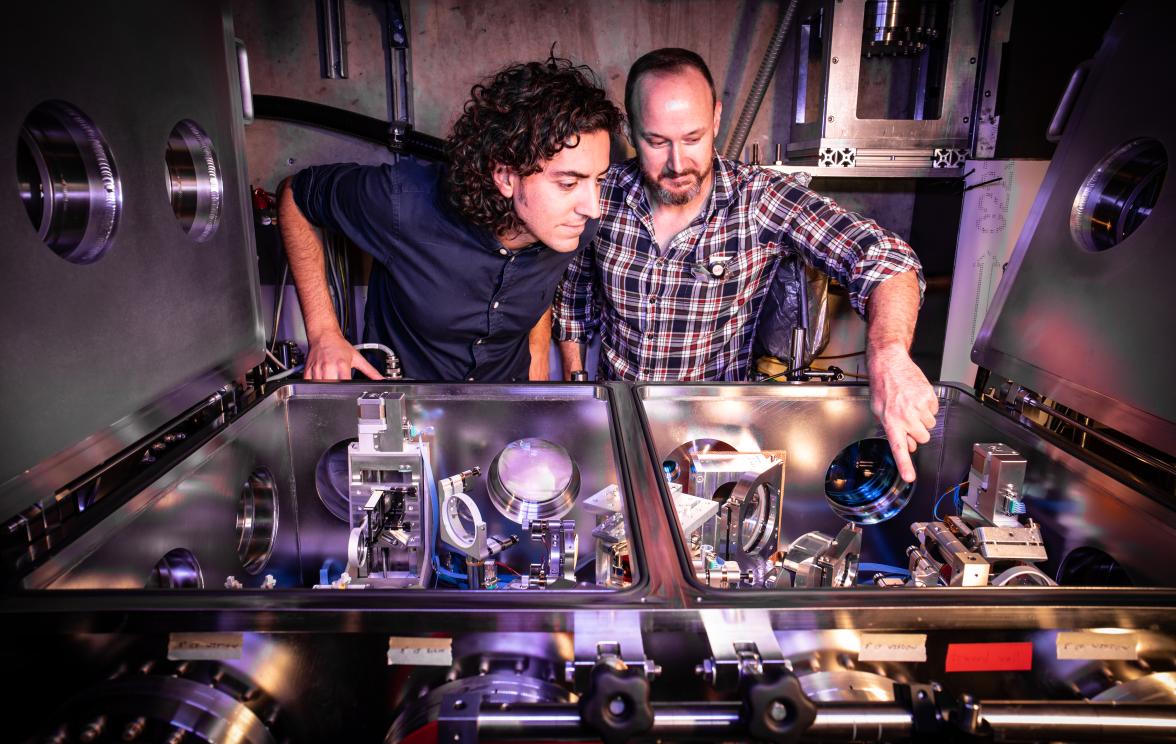
Recently upgraded and reopened to scientific users, FACET-II is the only facility in the world that provides high-energy electron beams for researching a vast array of revolutionary particle accelerator technologies that could make future accelerators 100 to 1,000 times smaller and a lot more capable.
A new generation of accelerators for research, medicine and more
With electron beams a hundred times more intense than anything that came before, FACET-II creates entirely new scientific opportunities, from designing and improving X-ray lasers and other light sources to opening new avenues in high energy physics and materials, biological and energy science.
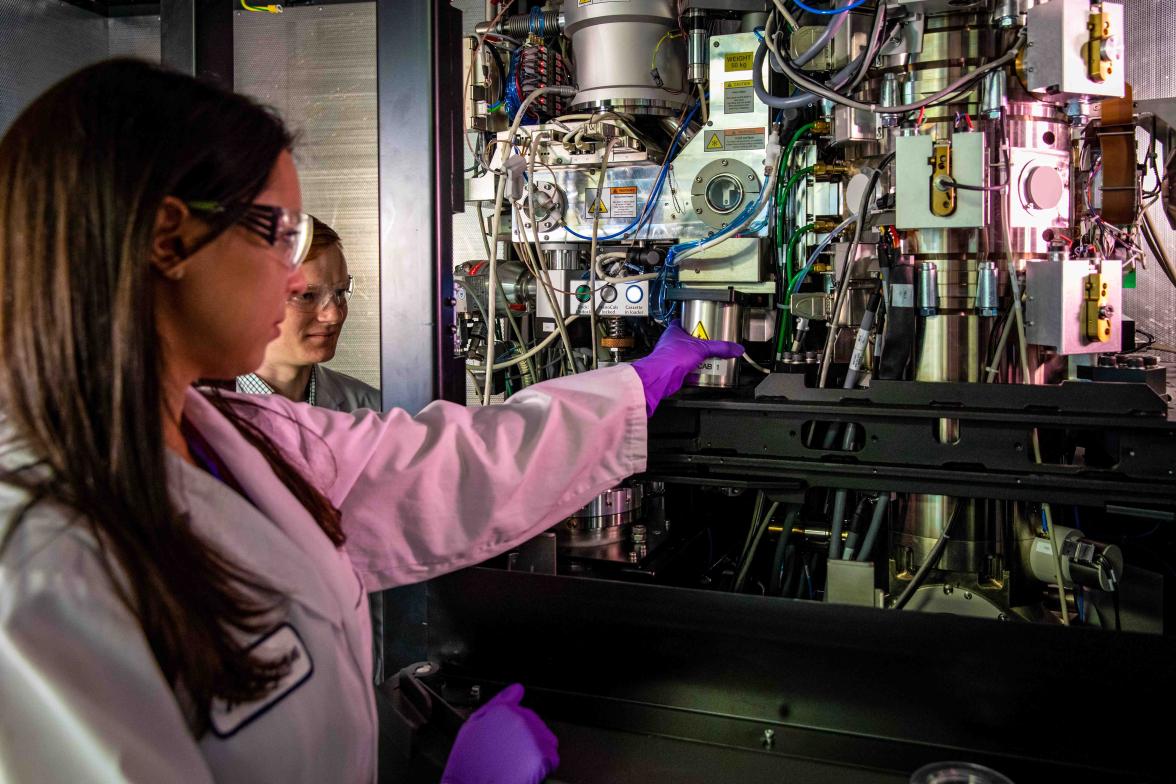
Cryogenic electron microscopy, or cryo-EM, gives scientists unprecedented views of the inner workings of the cell and of technologies like batteries and solar cells. Together, SLAC and Stanford are one of the world’s leading centers for cryo-EM research, training, technology development and service to the scientific community.
Making a groundbreaking technology widely available to scientists
The Stanford-SLAC CryoEM Center (S2C2) at SLAC operates four advanced cryo-EM instruments that serve researchers from all over the country. It includes two large-scale National Institutes of Health centers that operate independently but in synergy with S2C2 to make cryo-EM available to researchers nationwide and train them on how to use the instruments. The Stanford cryo-EM center (cEMc) at the Stanford School of Medicine operates an additional five instruments.
